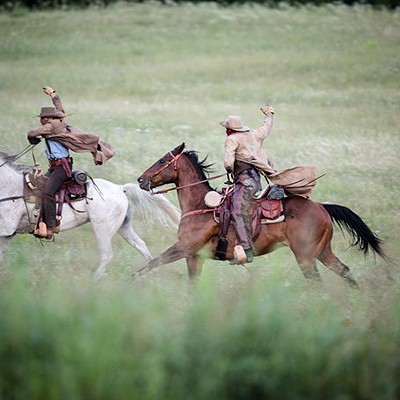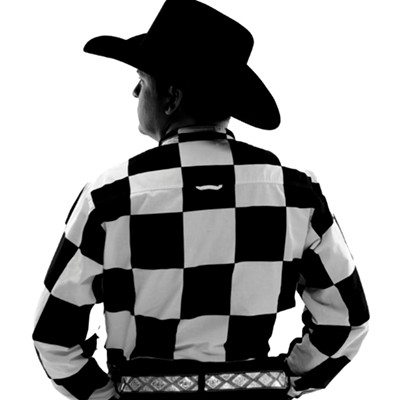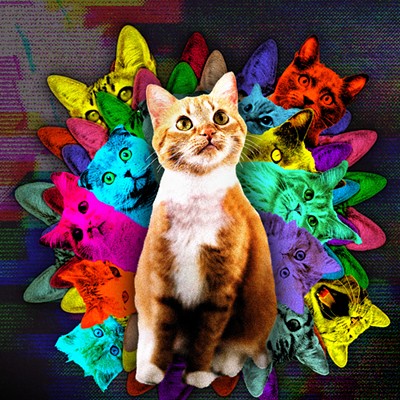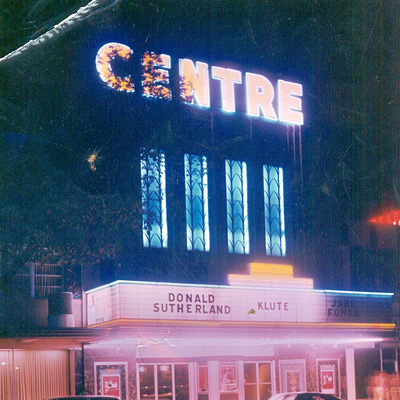Opening Friday exclusively at AMC Quail Springs Mall 24, 2501 W. Memorial Road, Jodorowsky’s Dune chronicles the work the Chilean auteur undertook in the 1970s to no avail: nearly three years, some 3,000 storyboarded drawings and an incalculable amount of madness.
Then known as the midnight-movie maniac behind the head-trippers El Topo and The Holy Mountain, Jodorowsky sought to make not merely a film from Dune but a literal “prophet” that would change our world. It would fabricate the hallucinogenic effects of LSD without audiences having to drop a tab. It would be, in his own words, “the most important picture in the history of the humanity.”
To back up this hubris-ballooned claim, director Frank Pavich solicits the opinions of filmmakers and fanboys who swear Jodorowsky’s unmade Dune would surpass such titans as Star Wars: Episode IV - A New Hope and 2001: A Space Odyssey, and there stands the most interesting aspect of Pavich’s doc: It touts these towering, end-all-be-all assertions because it can; they are impossible to disprove.
Drive helmer Nicolas Winding Refn tells us Jodorowsky’s result was to be “the greatest achievement in science fiction.” We’d like to believe him, yet Jodorowsky’s prior (or post) work does not sit atop any genre, if there exists a genre for them — stoner mediations, maybe? The man is a highly gifted visualist but lacks a grip on narrative, even by surrealism’s standards; he estimates his Dune would have — and should have — a running time of 12 hours, maybe 20. That’s insanity.
Jodorowsky admits he had not read Dune before pursuing it as a project, so he was not keen on adapting the 1965 novel as much as to “rape” it — you know, he says, like how a groom “rapes” his bride on their honeymoon. (Ay, caramba.) We’re shown many a drawing and design that suggests one hell of a deleted segment from 1981’s Heavy Metal but so little sense of a story that even begins to approach Jodorowsky’s braggadocio. (It is amusing to hear the 85-year-old man accuse such potential collaborators as FX wizard Douglas Trumbull and rock band Pink Floyd of vanity and arrogance.)
To help make his Dune, Jodorowsky cast a wide net in a search for “spiritual warriors,” snagging in the process Orson Welles, Salvador Dalí, Mick Jagger and artist H.R. Giger (whose voice here is nearly as frightening as his Alien creature designs). Each comes attached with an entertaining anecdote Jodorowsky shares and, as a showman should, very likely inflates.
Pavich nonetheless allows his subject to make his case. Is it ironclad enough to suffice Perry Mason as all that and a bag of gold-plated excrement? No, but witnessing the testimony is a unique glimpse into the creative process of a talented lunatic. Besides, had Jodorowsky succeeded, his audiences would be so high, their cotton mouths would be agape at anything offered.











